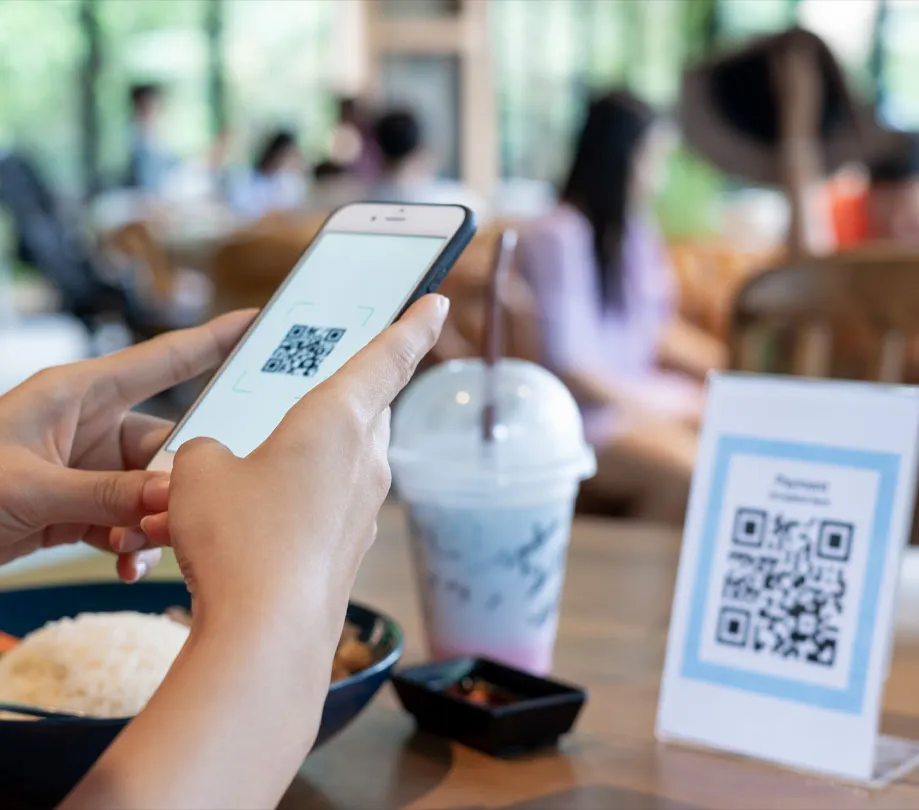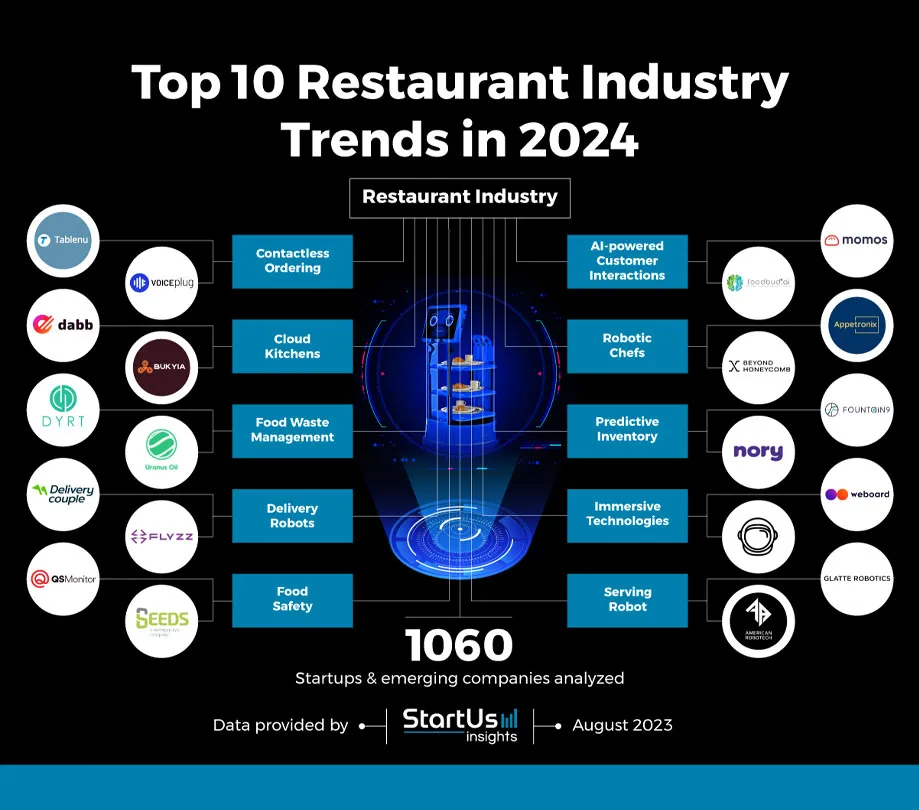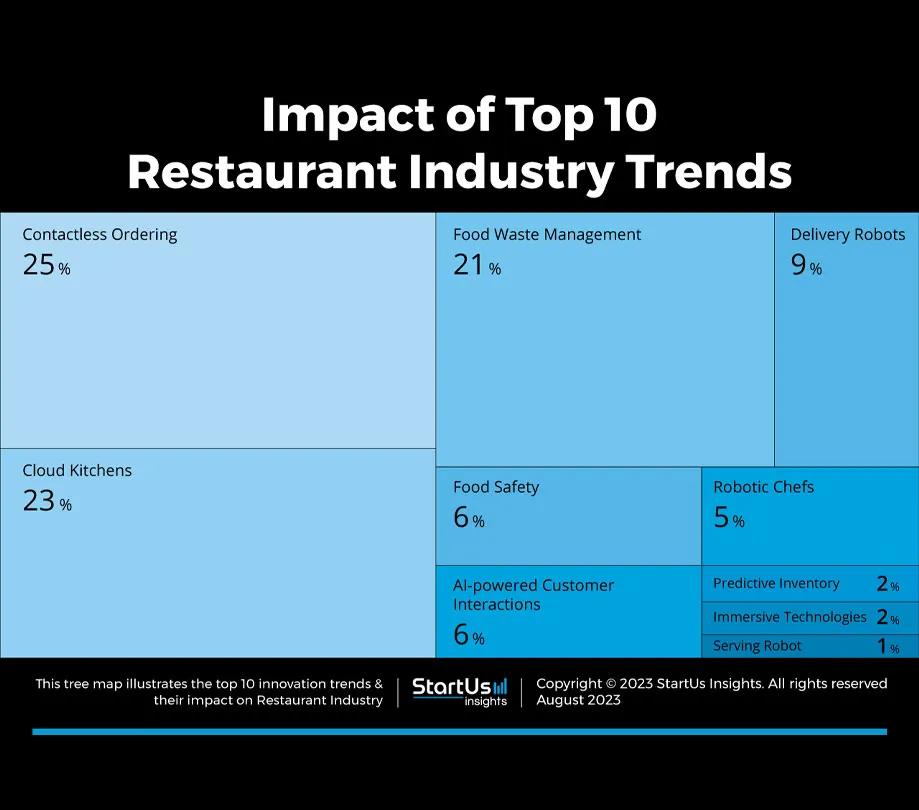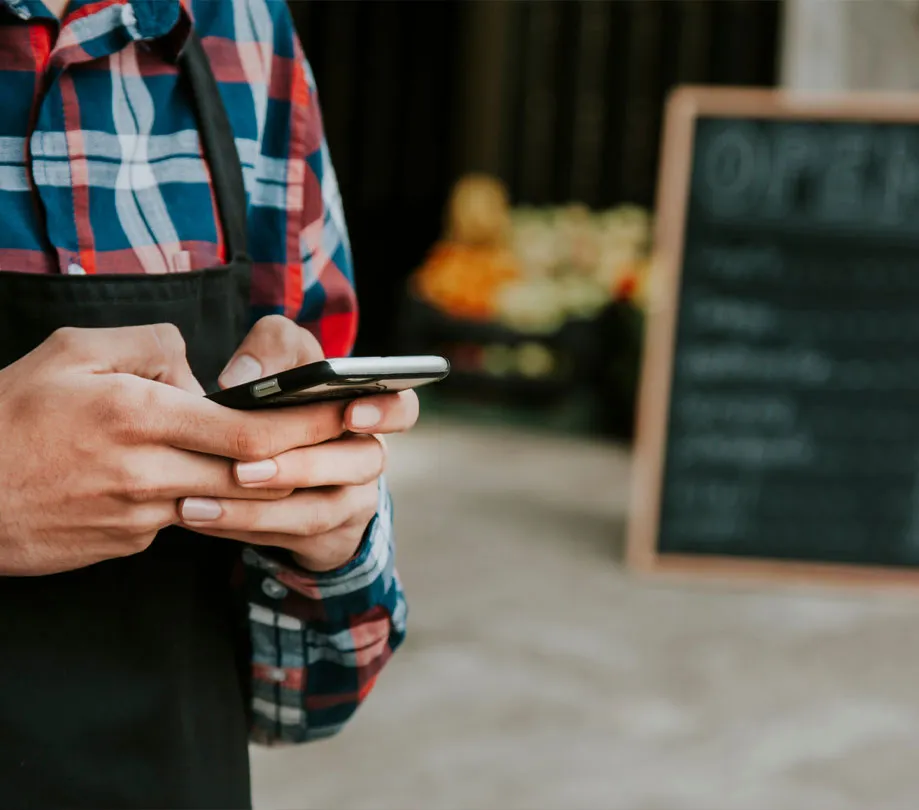How to Add Online Ordering to Your Restaurant Website in Under an Hour

Learn how to add online ordering to your restaurant website in under an hour, boost customer satisfaction, increase revenue, and optimize digital performance with MarketByte’s streamlined tools and marketing solutions.
Adding online ordering to a restaurant website used to be a complex, expensive process that involved developers, custom integrations, and weeks of back-and-forth between platforms. But today, technology has shifted dramatically. With the rise of intuitive website tools, plug-and-play integrations, and specialized SaaS platforms designed specifically for small businesses, restaurateurs can implement online ordering in under an hour, with no coding or tech expertise required. In fact, embracing this digital transformation isn’t just convenient, it’s critical to staying competitive in a saturated market where customer expectations have evolved beyond dine-in experiences.
Online ordering is now a must-have, not a nice-to-have. Over 70 percent of consumers say they prefer to order food online or via mobile apps rather than calling in. The demand for convenience, real-time updates, and flexible pickup or delivery options has made digital ordering one of the fastest-growing revenue streams for restaurants of all sizes. Still, many local restaurant owners hesitate to adopt these tools, either due to a perceived learning curve, upfront costs, or fear that it might disrupt their current operations. Fortunately, none of these concerns hold true anymore, especially when using platforms purpose-built to make the process seamless and scalable.
How to Add Online Ordering to Your Restaurant Website in Under an Hour
In 2025, the restaurant industry is experiencing a significant shift toward digital ordering, driven by evolving consumer preferences and technological advancements. According to the National Restaurant Association, takeout now accounts for 75% of all restaurant traffic, encompassing drive-thru and pickup orders. This trend is particularly pronounced among younger generations, with 60% of Gen Z and Millennials increasing their takeout activity over the past year. Speed is a critical factor, as 95% of consumers consider it essential to their dining experience.
The global online food delivery market is also expanding rapidly. Projections indicate that the market will grow from $0.68 trillion in 2024 to $1.37 trillion by 2029, reflecting a compound annual growth rate (CAGR) of 15.01%. This growth underscores the increasing importance of online ordering systems for restaurants aiming to meet consumer demand for convenience and efficiency.
Top 10 Restaurant industry trends in 2024

The first step to enabling online ordering is ensuring your website is ready to host it. If you already have a functional website with a clear menu, location, and contact information, you're halfway there. What you need next is an ordering interface that can be embedded or linked directly from your homepage. Modern online ordering systems often offer widgets or simple embeds that can be added with just a few clicks, requiring little more than copying and pasting a line of code or installing a plugin. These systems typically include customizable digital menus, shopping cart functionality, real-time order tracking, and payment processing, everything needed to replicate (and improve upon) the in-person ordering experience.
Once you’ve selected your platform, setting up the menu is usually the most time-consuming step, but even that can be streamlined. Most online ordering tools let you import your menu via spreadsheet or sync with your existing POS (Point-of-Sale) system, meaning you don’t have to manually type in each item. You’ll be prompted to upload photos, write item descriptions, assign categories, and set prices. Some platforms even suggest upsells and cross-sells based on common consumer behaviors. For example, if someone adds a burger to their cart, the system might suggest fries or a drink, helping increase your average order value without any manual effort from your side.
Payment integration is another key component. In the past, accepting online payments meant setting up merchant accounts and dealing with compliance issues. But today's systems typically come with built-in payment gateways like Stripe, Square, or PayPal, all of which are PCI compliant and mobile optimized. You simply connect your account, set up your payout preferences, and start accepting credit cards, debit cards, or even digital wallets like Apple Pay and Google Pay. Many tools also include the option for contactless payment on pickup, a highly desirable feature for safety-conscious consumers.
Another critical feature is order notification and management. As soon as a customer places an order, the system sends real-time alerts via email, SMS, or directly to your POS terminal. This ensures your kitchen staff can start prepping immediately without missing a beat. Some platforms even include smart batching, which organizes incoming orders based on prep time, delivery windows, or kitchen load, helping you manage volume during peak hours without chaos. Additionally, having a live dashboard that shows pending, active, and completed orders reduces miscommunication and streamlines workflows.
Impact of top 10 restaurant industry trends

Mobile responsiveness is a non-negotiable factor in 2025. A significant portion of your orders will come from users on smartphones or tablets, especially those who discover your business via Google Maps, Yelp, or social media platforms. If your ordering interface isn’t optimized for mobile, you’ll lose customers before they even place an order. That’s why the best online ordering platforms offer templates and menus that automatically adjust to any screen size, maintaining readability, clickable buttons, and fast load times.
You should also consider integrating your online ordering with other digital touchpoints. For example, adding "Order Now" buttons to your Instagram bio, Facebook page, or Google Business Profile can drive traffic directly to your online menu. Similarly, QR codes printed on flyers, posters, or takeout packaging can send customers straight to your ordering portal, creating a seamless loop of repeat business. These integrations not only increase convenience for your customers but also boost brand visibility and customer retention.
Speaking of retention, data from your online ordering system can be one of your most valuable assets. Most platforms include built-in analytics that track top-selling items, busiest ordering times, average ticket sizes, and customer behavior trends. You can use this data to adjust your menu, plan promotions, and even predict inventory needs. For example, if you notice that combo meals are outperforming individual items, you can create more bundled offers. If you see that certain items trend higher on weekends, you can prep accordingly and reduce waste.
One underutilized benefit of online ordering is the ability to build a customer database. Each order captures useful information like names, email addresses, and phone numbers. This allows you to run email or SMS marketing campaigns promoting special offers, holiday menus, or loyalty programs. Some ordering platforms come with built-in CRM tools that automate these campaigns and help track customer engagement. You can even segment your audience based on order frequency or order size to personalize messages and improve response rates.

Why MarketByte is the smart choice for powering your online ordering success
As you start seeing more traffic through your online ordering portal, it becomes increasingly important to make sure your website is performing at its best. Page load speeds, SEO optimization, and mobile usability all play a role in converting visits into orders. This is where digital marketing platforms like MarketByte become incredibly valuable. MarketByte offers restaurant-specific tools designed to maximize your website’s visibility and functionality. Whether it’s optimizing local search rankings so new customers can find your site faster, or providing intuitive landing page templates for promoting your ordering system, MarketByte helps tie together all the components of digital growth into a single, easy-to-manage interface.
One of the hidden challenges in restaurant marketing is maintaining consistency across platforms. MarketByte’s centralized dashboard lets you update your menu, hours, contact info, and special announcements across multiple digital listings with one click. This saves time and ensures your online presence always reflects your current offerings. It also helps build trust with customers who rely on accurate information when deciding where to eat. Moreover, when paired with MarketByte's smart analytics, you can start making data-informed decisions that go beyond intuition, decisions rooted in how real customers are behaving on your site.
For those looking to scale up, MarketByte integrates directly with several of the top-tier online ordering solutions, making it even easier to build a professional, high-performing site without hiring developers. The platform’s drag-and-drop site builder, keyword tracking, and automated SEO enhancements ensure that your online ordering system isn’t just functional, but optimized for discovery. After all, a beautiful ordering interface won’t help if people can’t find it. That’s why a comprehensive restaurant marketing strategy is just as essential as the ordering system itself.
In today’s fast-paced, mobile-first world, getting your restaurant set up for online ordering shouldn’t take weeks. It shouldn’t even take days. With the right tools and guidance, you can launch a fully functional online ordering experience in under an hour, empowering your business to serve customers more efficiently while increasing average order value, repeat visits, and brand loyalty. MarketByte is here to support that transition every step of the way. From helping your website rank higher in search to ensuring your order portal converts visitors into paying customers, MarketByte’s restaurant solutions are built for speed, simplicity, and long-term growth.
So if you’re ready to modernize your operations and meet your customers where they are, online, it’s time to take the next step. Adding online ordering is just the beginning. Partnering with MarketByte ensures your digital presence becomes a long-term asset, not just a short-term fix. Your customers are already looking for convenience. Let them find it on your site. And let MarketByte help them find you.
Bonus: Top 10 restaurant industry trends in 2025
Contactless Ordering
The move toward contactless ordering has become standard in restaurants, with QR codes, mobile apps, and voice technology reducing the need for face-to-face interactions. This not only improves safety but also boosts efficiency and customer satisfaction. Platforms like Glyde allow diners to order and pay via phone, while Voiceplug brings voice-based ordering to restaurants, saving time and reducing abandoned orders.
Cloud Kitchens
Cloud kitchens, also known as ghost kitchens, are delivery-only cooking facilities without a storefront. These reduce costs and increase flexibility for restaurants focusing on delivery. Startups like Dabb and Taster help traditional restaurants scale into delivery-first brands, offering tech-driven solutions, optimized menus, and multiple food concepts from a single location.
Food Waste Management
Restaurants are tackling food waste with technology like sensors, AI, and composting systems. Predictive tools help avoid overbuying and spoilage. Dyrt Labs offers composting on-site with tracking dashboards, while Uranus Oil collects used cooking oil and turns it into biodiesel, reducing environmental impact and waste.
Delivery Robots
Robot delivery is gaining traction as restaurants face labor shortages and rising delivery costs. These autonomous bots navigate sidewalks to deliver food efficiently. Startups like DeliveryCouple provide robot-as-a-service models, while Ottonomy’s Ottobots offer secure, contactless delivery with smart navigation and storage compartments.
Food Safety
Food safety is more important than ever, with tools like blockchain and AI helping monitor food conditions and track ingredient origins. QS Monitor provides AI-based risk assessments, and SeedsBit uses blockchain to trace food from farm to table, building trust and transparency in the food supply chain.
AI-Powered Customer Interactions
Restaurants are adopting AI to handle customer service through chatbots and virtual assistants. These tools answer questions, take orders, and offer personalized recommendations. Momos provides a unified platform to manage reviews and feedback, while Foodbud delivers tailored food suggestions based on dietary needs and preferences.
Robotic Chefs
Automated cooking systems are taking over repetitive kitchen tasks, ensuring consistency and reducing staffing challenges. Dexai Robotics' Alfred robot prepares meals using machine learning, and Beyond Honeycomb’s grill robot uses molecular sensors for perfect meat cooking, helping maintain quality and cut down on labor costs.
Predictive Inventory
Predictive inventory tools use past sales and outside factors like weather to forecast demand and optimize food orders. This reduces waste and boosts profits. Fountain9’s AI engine forecasts stock needs, while Nory simplifies inventory planning and vendor management with real-time insights and automation.
Immersive Technologies
Restaurants are enhancing customer engagement through AR and VR experiences. From interactive menus to themed virtual environments, these tools tell brand stories and add value to the dining experience. WeBoard trains staff using VR simulations, and Space Food uses AR menus to offer visual, engaging food selection.
Serving Robots
Serving robots are becoming common in restaurants aiming to reduce contact and labor costs. These robots bring food directly to tables, freeing up staff for more customer-focused roles. They improve hygiene and efficiency while adding novelty to the dining experience, helping restaurants attract attention both in-house and online.
This new wave of innovation reshaping the restaurant industry in 2025 emphasizes convenience, safety, sustainability, and smarter operations, all powered by emerging technologies.
About the Author

Website Programming & Design
Deeply passionate about the latest technological advancements, Austin brings a forward-thinking approach to integrating cutting-edge tech trends into marketing. This is especially evident in his work with mobile technologies, where he consistently pushes the boundaries of user engagement and market reach. Outside of his professional life, Austin nurtures his creative side by playing several musical instruments and drawing inspiration from his favorite television shows.
